Renew Your USEA Membership for the 2023 Season Today LEARN MORE
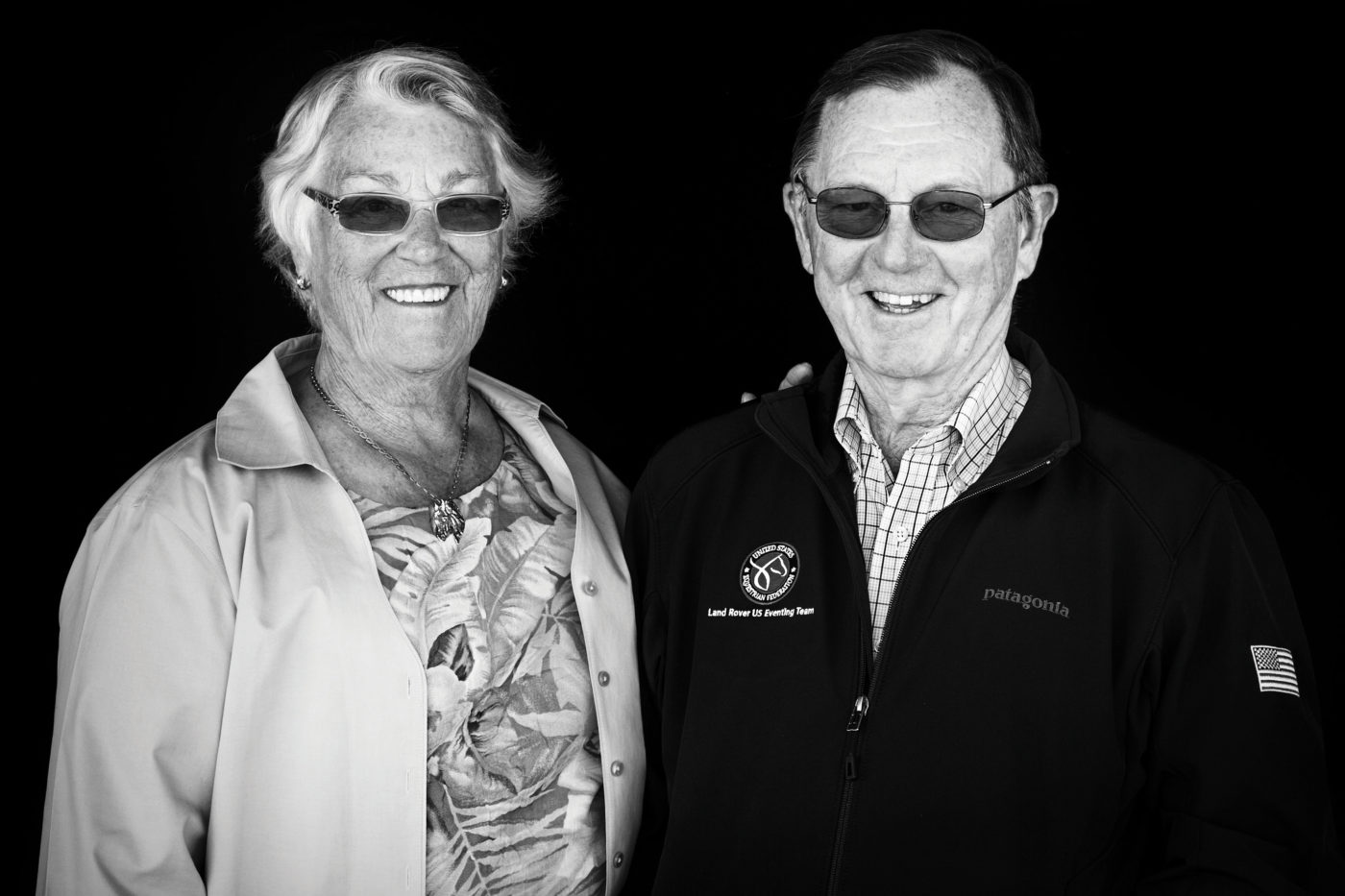
Nina and Tim Gardner are longtime supporters of the sport of eventing. The couple has participated in the sport as owners, volunteers, and breeders for more than 25 years, receiving the highest honor awarded in eventing in the U.S. when they were inducted into the USEA’s Eventing Hall of Fame in 2018. Anyone who has had the opportunity to talk to the couple will know that Tim bashfully gives all of the credit to Nina for cementing their legacy within the community.
The Gardners have been breeding horses for more than 40 years, but their story didn’t begin with eventing sport horses. “We moved to the countryside in Maryland in the late 70s, and we added a bit of property that included a lovely barn,” Nina explained. “Tim thought, 'If we start breeding Thoroughbreds ourselves, we can probably do a good job,' so that was basically how we started. We bought Thoroughbred mares in foal at the sales, then foaled them out and sold their babies as yearlings. Our goal was always to produce all-purpose Thoroughbreds.”
While running their blossoming Thoroughbred breeding program and foxhunting herself through the Maryland countryside, Nina discovered eventing and took a quick interest in the sport. “I had a Thoroughbred mare off the track, and I bred her to a Trakehner in the hopes of getting a quiet, larger animal, and of course I got a nervous, smaller animal. That was my first lesson in breeding!”
Not to be deterred, Nina continued to breed some of their less commercial Thoroughbred mares at the couples’ Welcome Here Farm to various breeds of sport horse stallions in the hopes of creating the perfect eventing partner.
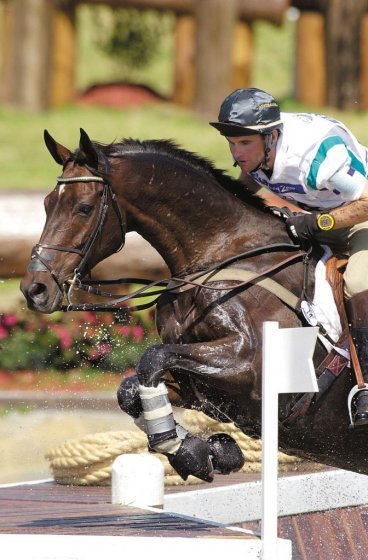
While she honed her craft, another avenue opened for creating future eventing partners, as she found herself with Thoroughbreds that needed a second career after not making it as racehorses on the track. “Ironically, that is how House Doctor ended up as an event horse,” said Nina of Phillip Dutton’s team Olympic gold medal-winning mount from the Sydney Olympic Games in 2000.
“He had a quarter crack as a yearling, and when my daughter, Julie, broke him as a 2-year-old, she said ‘Mom, this horse is special. Please don’t sell him or race him,’ and I got on him as a 3-year-old, and I got to feel it myself. He had the most balanced canter I have ever felt in any horse, and he was only three. For a Thoroughbred, he was a lovely, loose mover, and he would get 8s, 9s, and occasionally 10s in his dressage tests.”
House Doctor would go on to be one of Nina’s proudest accomplishments in her career. “Phillip looked all over the place for horses for the Olympics,” Nina explained as she recounted the time leading up to the Sydney Games. “He leased several horses, but in the end, the Australians imported two of our homebreds to be his possible mounts, and the one that was eldest and most experienced, Show of Heart, got hurt in the last competition before the Olympics. So, little old ‘Doc,’ who was the youngest horse in the field as an 8-year-old, was the horse that competed. I think when the Aussies imported two of our homebreds, that was my biggest compliment. Three generations of [Gardners] were there to witness. I don’t think anything has topped that, although ‘Comic’ finishing another five-star was pretty doggone special.”
Comic, also known as Twilightslastgleam, is another one of the Gardner’s homebreds that is currently competing at the five-star level with Jennie Saville. Comic is a full Thoroughbred by Nina’s beloved stallion, National Anthem, and out of Royal Child, a mare whose bloodlines trace back to the first mare Nina ever purchased as a Thoroughbred broodmare for their program named Dancing Dutchess. Nina’s acquisition of Comic’s sire, National Anthem, served as another pivotal point in their program.
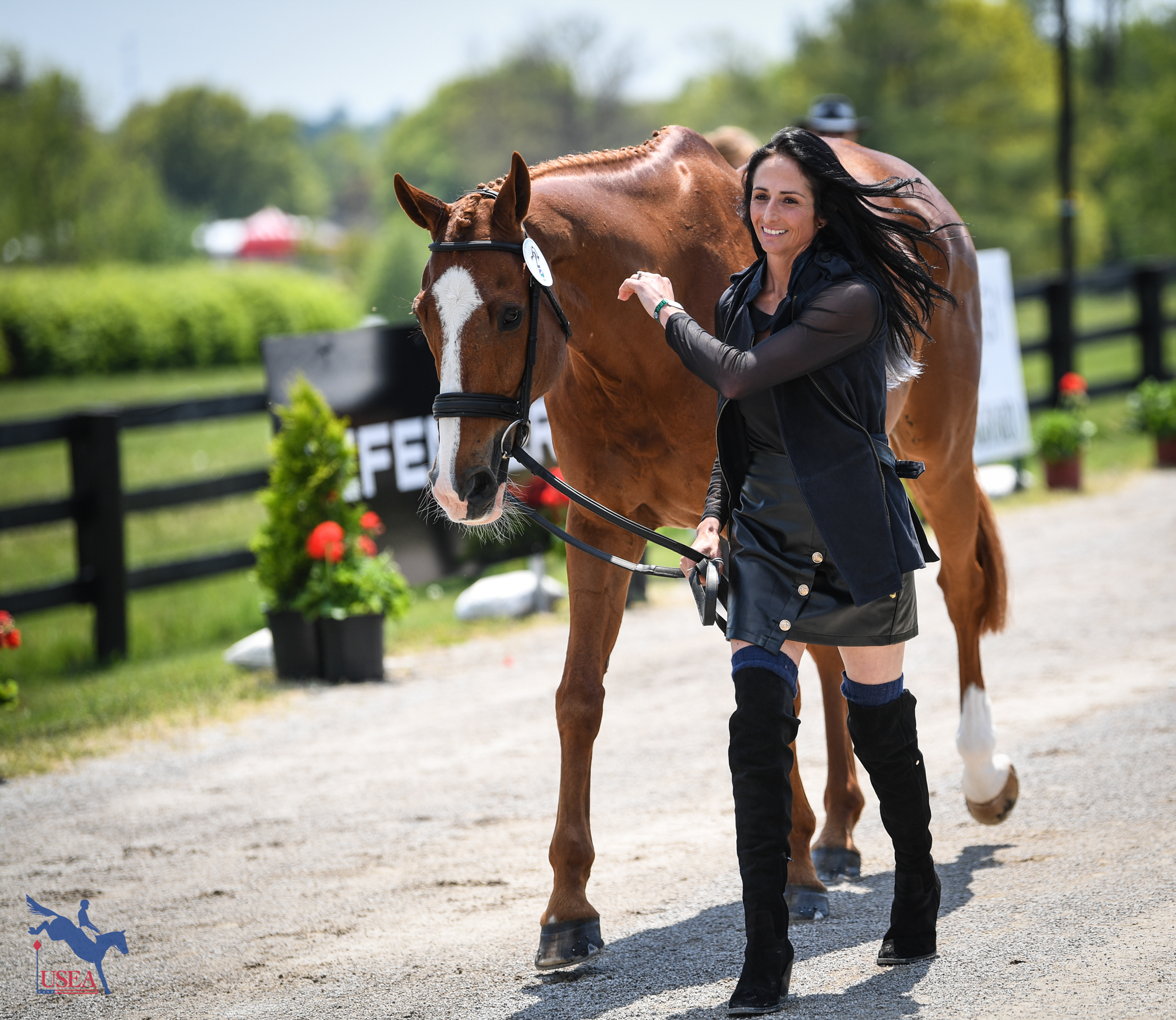
“I got an absolutely wonderful Thoroughbred stallion whose history was sensational for what I wanted. He ran from the time he was two until he retired sound at 11,” Nina said. “Every baby that he produced, I don’t care what I bred him to, warmblood, Thoroughbred, whatever it was, was a wonderful animal and very, very talented as a jumper. He never produced a crooked or talentless baby. He was euthanized a few weeks ago at 27 years old, but I did collect from him, so I have a few breedings that I hope will be used.”
Following his sire’s pattern for producing talented jumpers, Comic was crowned Reserve Champion at The Dutta Corp. USEA Young Event Horse East Coast 4-Year-Old Championship in 2014 and went on to be a frontrunner for the 2017 Holekamp/Turner YEH Le Lion d’Angers Grant. Saville and Comic have since had a successful upper-level career as well, winning the MARS Bromont CCI4*-L (Quebec, Canada) in 2022 and finishing in the top 20 in the horse’s first two five-star appearances at the Maryland 5 Star at Fair Hill last fall and the Land Rover Kentucky Three-Day Event just a few weeks ago.
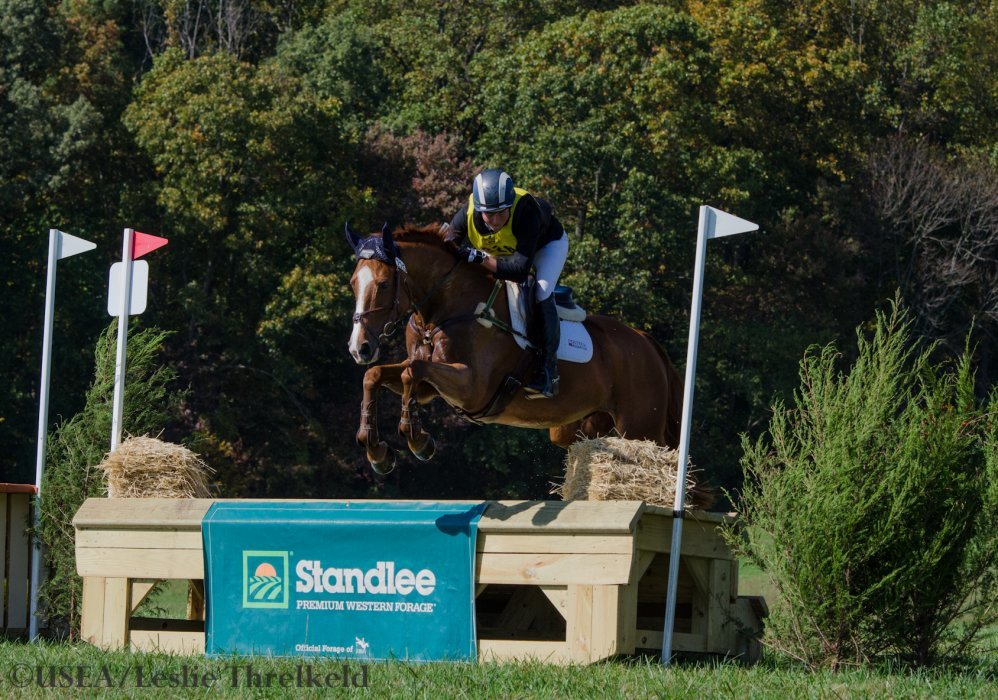
“I adore Twilightslastgleam,” Nina gushed. “He has been a character from the word go. When he was a 2-year-old in training at Fair Hill, I got a telephone call from my trainer, and she said ‘Nina, this horse does not want to be a racehorse,’ and I said, ‘Well what happened?’” The trainer went on to explain that Comic had bucked off most of the exercise riders that attempted to ride him, and when they finally found a rider that could stay with him, Comic got down on the ground and rolled."
The horse never ended up breaking the start gate at a race, but when Saville took over the reins, there was no stopping the pair. Today, Comic is known as the hardest trying horse in the barn. “If he understands what the rider wants, he’ll give over 100 percent," said Nina. "He’s such a fun horse. The kids have nicknamed him ‘Grandpa’ because he grunts every time he jumps. He’s a barn favorite!”
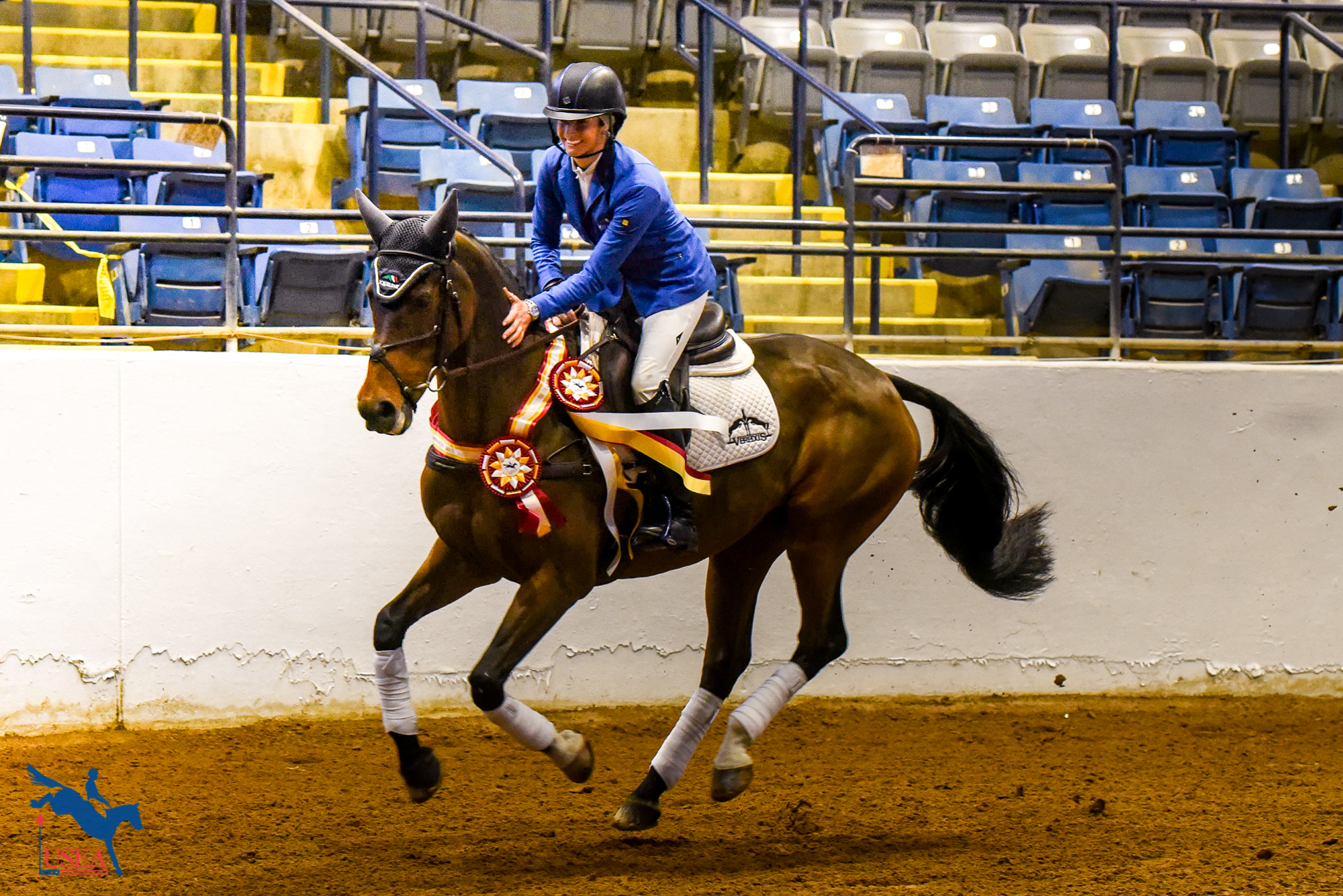
Twilightslastgleam isn’t the only talented, up-and-coming eventer that the Gardner's have in their barn. Kismet and Keepsake, who each finished as Reserve Champions of their respective divisions at The Dutta Corp. USEA Young Event Horse East Coast 5-Year-Old Championship in 2020, are now competing in the upper-levels as well. Kismet is being successfully campaigned by Saville at the Intermediate and CCI3* level, and Caitlin Silliman has recently taken over the ride on Keepsake, who has competed at the Preliminary and CCI2* level.
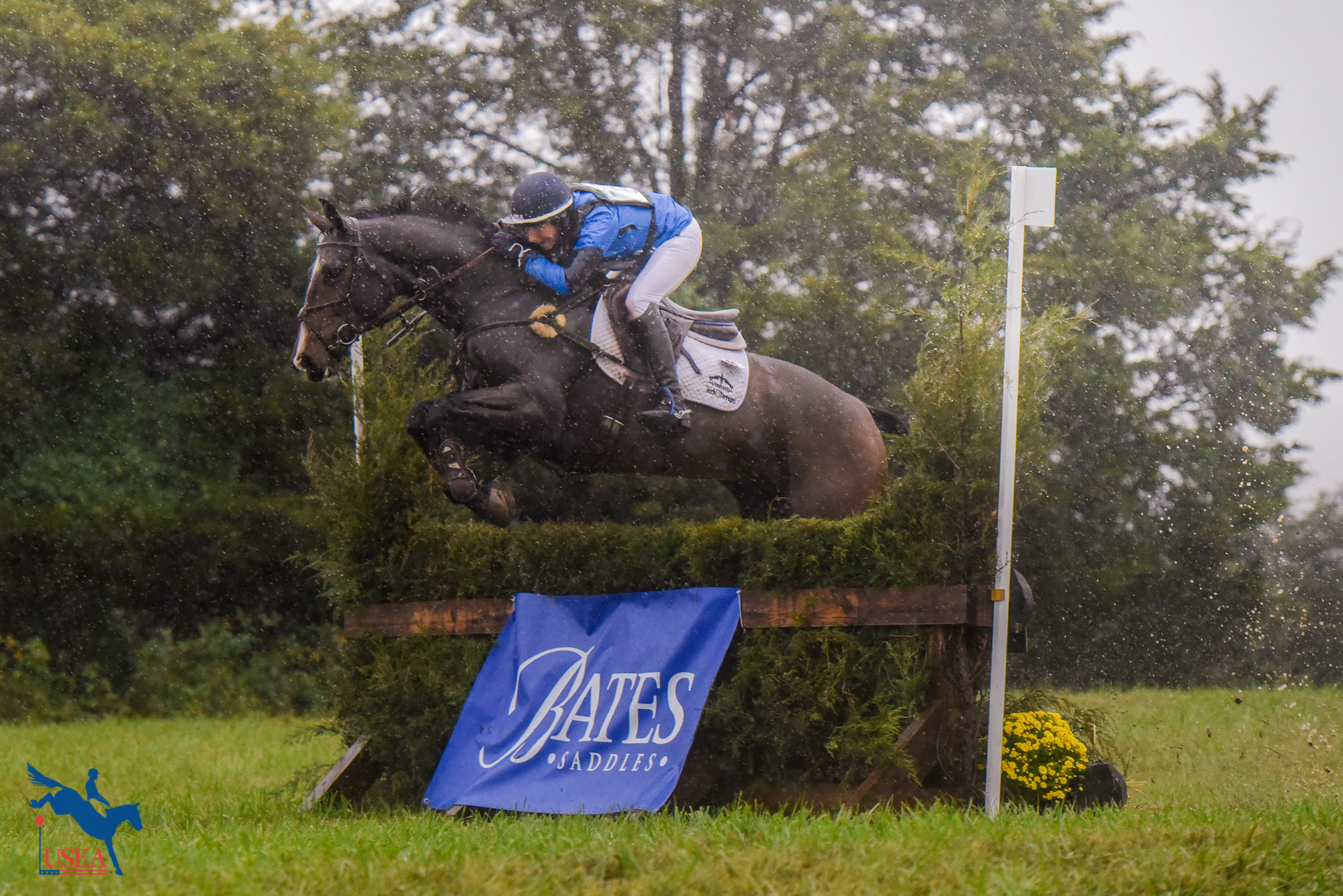
When asked what her tip would be for other breeders trying to make a name for themselves in the industry, Nina said there is no one thing that will make or break someone’s career. “There are many things that I think are important,” she said. “I think the quality of the mare is incredibly important. She must be an athlete. Her temperament is important, and I think that if you take as good a specimen, so to speak of the mare, as possible and breed her to a known quantity, not just someone who is pretty, you’re more likely to come up with something great.”
Though she did admit that her situation was unusual, she finished by noting that having your own proven stallion is quite good luck, too!
Nina’s parting sentiment centered around the pride that she and her husband take in adding to the ever-growing list of successful American-bred sport horses. “Breeding has been something that is very special to me, and I sometimes get quite defensive because so many people in eventing want to get a horse from overseas, rather than in America. I believe we are developing an industry here in the States that can supply almost everybody with their needed mount.”
About the USEA Young Event Horse (YEH) Program
The Young Event Horse (YEH) Program was first established in 2004 as an eventing talent search. Much like similar programs in Europe, the YEH program was designed to identify young horses aged four- and five-years-old, that possess the talent and disposition to, with proper training, excel at the uppermost levels of the sport. The ultimate goal of the program is to distinguish horses with the potential to compete at the four- and five-star levels, but many fine horses that excel at the lower levels are also showcased by the program.
The YEH program provides an opportunity for breeders and owners to exhibit the potential of their young horses while encouraging the breeding and development of top event horses for the future. The program rewards horses who are educated and prepared in a correct and progressive manner. At qualifying events, youngsters complete a dressage test and a jumping/galloping/general impression phase. At Championships, young horses are also evaluated on their conformation in addition to the dressage test and jumping/galloping/general impression phase. Click here to learn more about the Young Event Horse Program.
The USEA would like to thank Bates Saddles, SmartPak, Standlee, Parker Equine Insurance, Capital Square, Kerrits, and The Jockey Club for sponsoring the Young Event Horse Program. Additionally, the USEA would like to thank The Dutta Corp., Title Sponsor of the Young Event Horse Championships.
About The Holekamp/Turner Grant
Founded in 2015 by Timothy and Cheryl Holekamp of New Spring Farm and Christine and T.J. Turner of Indian Creek Farm, the Holekamp/Turner Grant provides a USEA Young Event Horse (YEH) Championship competitor with the opportunity to represent the United States at the FEI Eventing World Breeding Championships in the 7-year-old CCIYH3*-L Championship at Mondial du Lion in Le Lion d’Angers, France. With the sole purpose of paving a clear pathway for U.S. team horses to progress in the sport of eventing, recipients who are North American-bred will be awarded the full cash grant of $17,500, while imported horses are awarded $8,000. Additionally, The Dutta Corp. offers a prize to the Holekamp/Turner Grant recipient, consisting of a round trip flight from the Eastern United States to Europe.
About the Future Event Horse Program and Young Horse Show Series
The USEA introduced the Future Event Horse Program in 2007 in response to the popularity of the already established USEA Young Event Horse Program. Where the YEH program assesses 4- and 5-year-old prospective event horses based on their performance, the FEH program evaluated yearlings, 2-year-olds, 3-year-olds, and 4-year-olds for their potential for the sport based on conformation and type. The FEH program is now run by the Young Horse Show Series, under their umbrella.